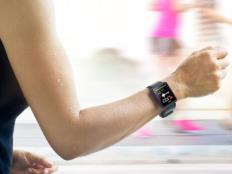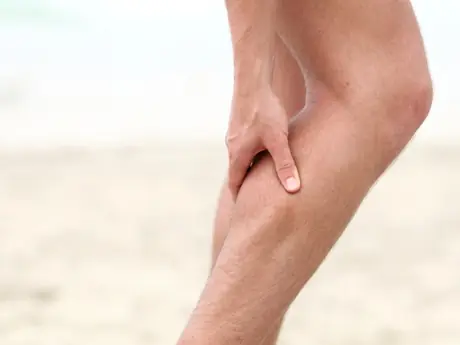A strategic plan to rehydrate and refuel after a workout can mean the difference between a good run and a bad run the next day. Hopefully you're already taking in fluids during longer runs, but it's also important to continue to drink water and sports drinks all day long. In fact, a study presented at this summer's American College of Sports Medicine annual meeting showed that even being slightly dehydrated can affect performance. Their research demonstrated that when runners replaced only 75 percent of their sweat lost during exercise, they were 3 percent slower than when they rehydrated over 100 percent. That can mean minutes in a marathon!
More: How Hydration Affects Running Performance
Taking in carbohydrates and protein after long runs and hard workouts is also imperative. Ideally, you should ingest a 4:1 ratio of carbs to protein almost immediately after you finish running. "Recovery is all about getting protein and carbohydrates in so your muscles can start to repair themselves," explains Devor. "If you don't get that within the first 30 minutes, you're compromising recovery."
Eating or drinking a recovery shake or chocolate milk is important during that window of time because that's when your body is most receptive to glycogen replenishment and muscle repair. "Every runner is different, so it's important to find out what your stomach can handle and what works best for you," adds Berard.
More: Post-Workout Meals and Snacks That Lower Inflammation
Ice to Speed Recovery
Icing is a time-tested method of recovery long used by athletes in just about every sport. "I can't think of many other things that are more important for recovery than icing or using an ice bath," says Devor. Even if you don't have any nagging aches or pains, hopping into an ice bath for a few minutes can help you avoid potential injuries. "Running can cause a lot of inflammation in the connective tissues in your knees, feet, ankles and hips, which are where overuse injuries often happen," he continues. By reducing the blood flow through icing or an ice bath, that inflammation is reduced.
- 2
- of
- 3
About the Author

Get ACTIVE on the Go


Couch to 5K®
The best way to get new runners off the couch and across the finish line of their first 5K.
Available for iOS | Android






Discuss This Article